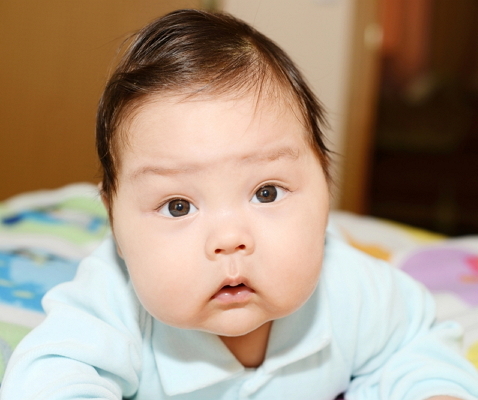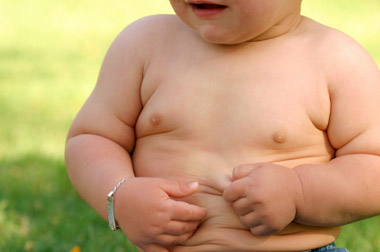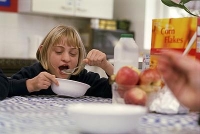Obese Toddlers and Infants course for Paediatricians


After completing the session you will understand the usual causes of obesity in very young children, and it is hoped you will take away a range of strategies for helping families where obesity is a problem.
Learning objectives
By the end of this session you will be able to:
- Recognise obesity in infants and toddlers
- List the causes of obesity in this age group
- Assess infants and toddlers to determine if they are obese or overweight
- Recognise the effects of obesity in the short and long term
- Describe strategies for managing obesity in this age group
Obesity often begins in the baby and toddler age group. This can be a tricky concept for parents to comprehend - they may hold the belief that a healthy toddler/baby should be ‘chubby’. Obesity in pre-school children can also present a challenge for health professionals.
Before commencing this session you should complete the following AH sessions:
- 08_02 Infant Feeding Part 1: Breastfeeding (402-0042)
- 08_03 Infant Feeding Part 2: Formula Feeding (402-0008)
- 08_04 Infant Feeding Part 3: Introducing Solids (402-0044)
- 08_06 Healthy Eating For Toddlers: 1-4 Years (402-0045)
- 08_07 Weighing and Measuring Infants and Children (402-0046)
- 08_08 Growth Charts and their Interpretation (402-0047)
Dr Nichola Aspinall is a paediatric registrar currently working at the Leeds General Infirmary. During her career she has worked across Yorkshire and in London. Dr Aspinall has a wide range of experience in a variety of hospital paediatric settings. She also has a good background in primary care paediatrics, having worked both in community paediatrics and in General Practise. Her research interest is paediatric obesity. She has contributed to a national working party on obesity recognition in pre-schoolers and babies.

- Fantastic Twos - Common Behavioural and Emotional ...
- Posted By eIntegrity Healthcare e-Learning
- Posted Date: 2025-02-21
- Location:Online
- This session provides an overview of the theory behind the emotional development of the pre-school c...
- Communication Impairments Part 4: Autistic Spectru...
- Posted By eIntegrity Healthcare e-Learning
- Posted Date: 2025-02-21
- Location:Online
- This session is the last of four that looks at different speech, language and communication impairme...
- Acne Course for Paediatrics professionals
- Posted By eIntegrity Healthcare e-Learning
- Posted Date: 2025-02-21
- Location:Online
- This session is intended to give the reader a brief overview of the epidemiology, pathophysiology, c...
- Assessment and Diagnosis of CFS/ME in Adolescence ...
- Posted By eIntegrity Healthcare e-Learning
- Posted Date: 2025-02-21
- Location:Online
- This session introduces the learner to chronic fatigue syndrome/myalgic encephalomyelitis (CFS/ME) a...
- Managing CFS/ME in Adolescence for Paediatrics pro...
- Posted By eIntegrity Healthcare e-Learning
- Posted Date: 2025-02-21
- Location:Online
- This session introduces the learner to the management of chronic fatigue syndrome/myalgic encephalom...








